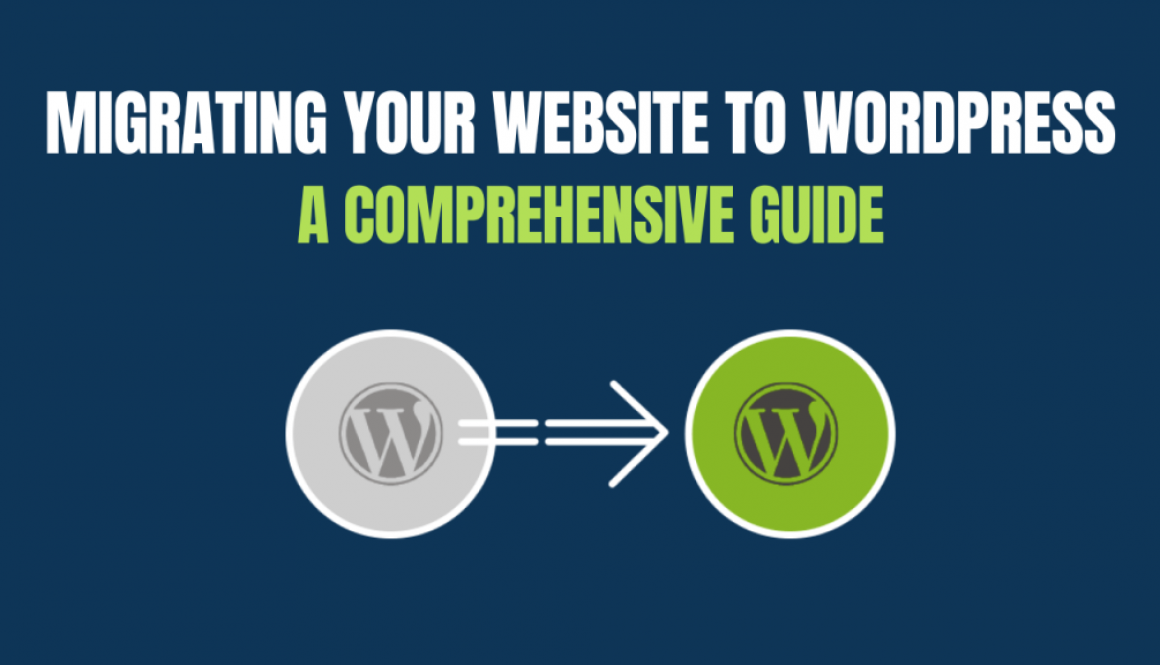Migrating Your Website to WordPress: A Comprehensive Guide
Migrating a website to WordPress can be a daunting task, especially if you are not familiar with the platform. However, with the right approach, tools, and guidance, it is possible to migrate your website to WordPress without losing your data or affecting your SEO. Thus, in this comprehensive guide, we will walk you through the steps and best practices for migrating your website to WordPress.
Step 1: Evaluate Your Current Website
Before you start the migration process, it is important to evaluate your current website and identify the following:
- Website Structure: Take note of the structure of your website, including pages, categories, and subcategories.
- Content: Identify the type of content on your website, such as text, images, videos, and audio files.
- Functionality: Take note of any custom features, plugins, or widgets that your website is currently using.
- SEO: Review your website’s SEO metrics, including search engine rankings, backlinks, and traffic.
Step 2: Set Up Your WordPress Site
Once you have evaluated your current website, the next step is to set up your WordPress site. Here is how to do it:
- Choose a hosting provider and domain name.
- Install WordPress on your hosting provider.
- Select a WordPress theme that best matches the design and functionality of your current website.
- Install plugins to add features to your WordPress site.
Step 3: Import Your Website Content
The next step is to import your website content to your WordPress site. Here is how to do it:
- Export your website content using your current website’s export tool.
- Import the content to your WordPress site using the WordPress Importer plugin.
- Review the imported content and make any necessary changes to the formatting, media files, and meta descriptions.
Step 4: Redirect Your URLs
To prevent any negative impact on your SEO, you need to redirect your old URLs to your new WordPress site. Here is how to do it:
- Set up a redirect on your old website to redirect all pages to the corresponding pages on your new WordPress site.
- Use a redirection plugin to set up 301 redirects for all your old URLs to the new URLs.
In addition, user meta pro has a redirection feature. So, rather than installing the extra plugin for redirection, try user meta pro. As this plugin offers user management and user profile builder plugin simultaneously.
Step 5: Test Your Site
After migrating your website to WordPress, it is important to test your site to ensure that everything is working as expected. Here is how to do it:
- Check that all the pages on your website have been migrated correctly.
- Ensure that all the links are working and that the media files are displaying correctly.
- Check the website’s performance to ensure that it loads quickly and is responsive.
- Test your website’s functionality to ensure that all the plugins and custom features are working as expected.
In conclusion, migrating your website to WordPress requires careful planning, execution, and testing to ensure that the process goes smoothly. By following the steps and best practices outlined in this guide, you can successfully migrate your website to WordPress without losing your data or affecting your SEO.

